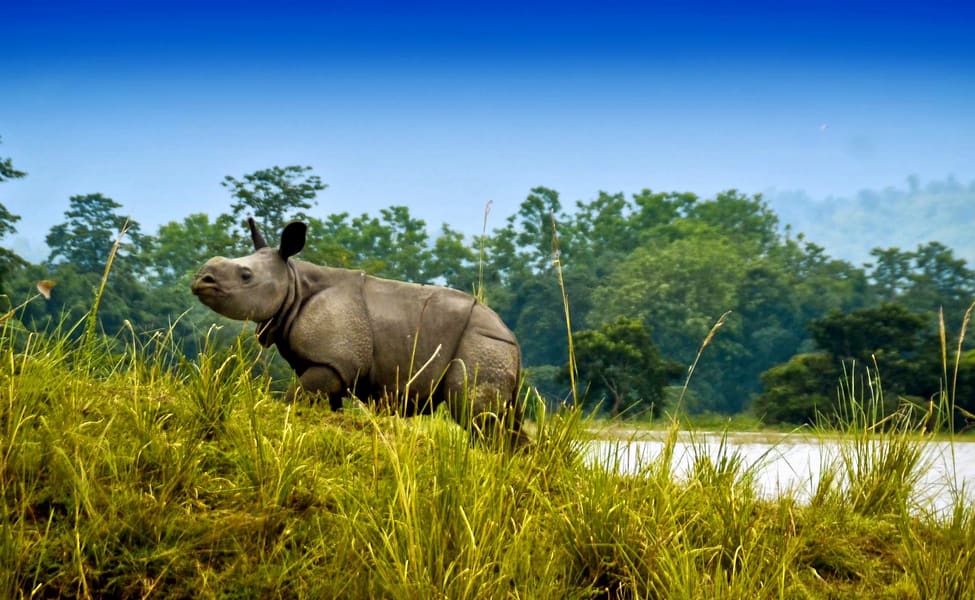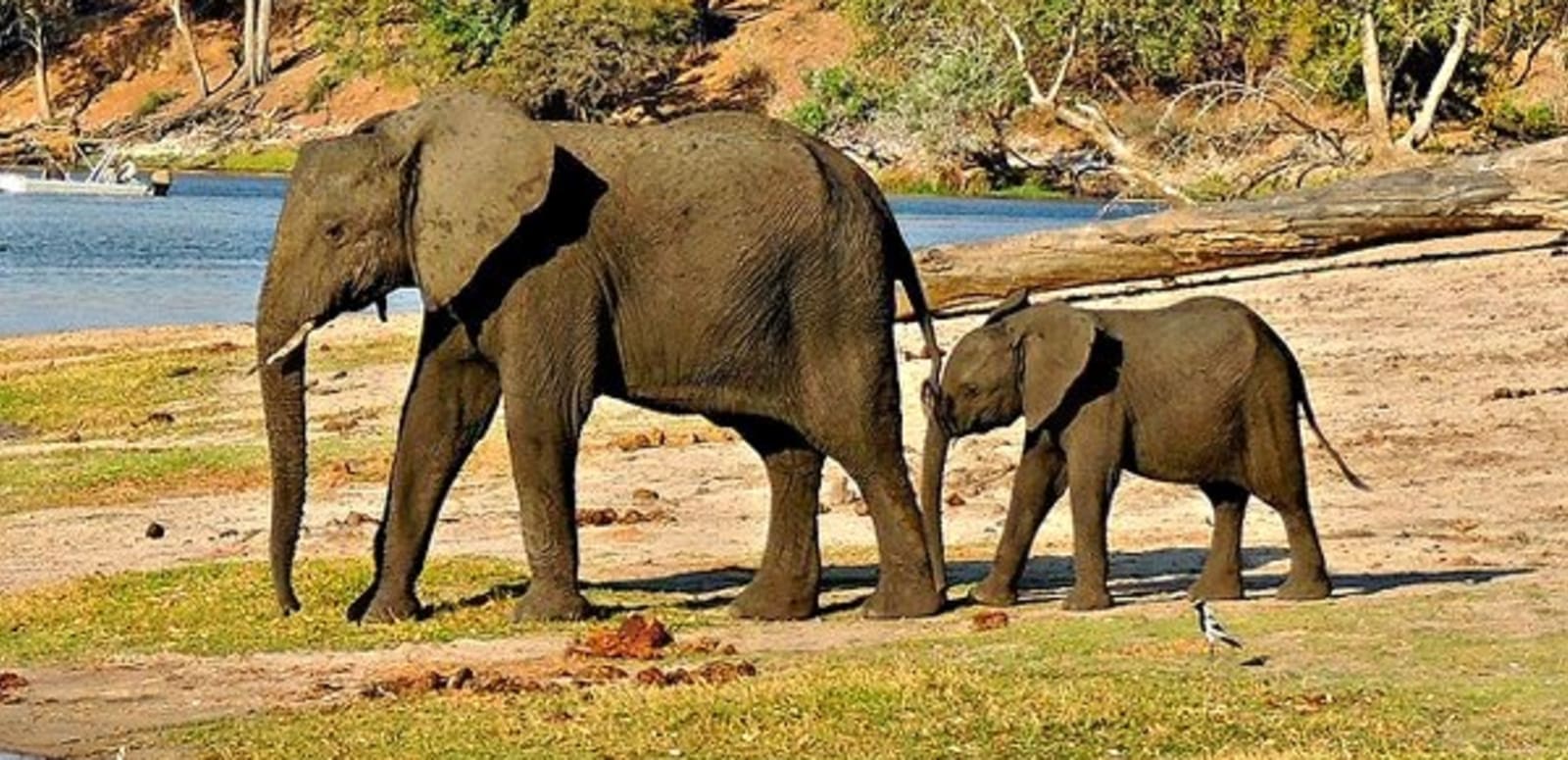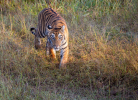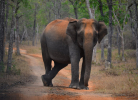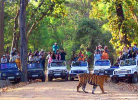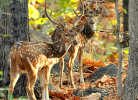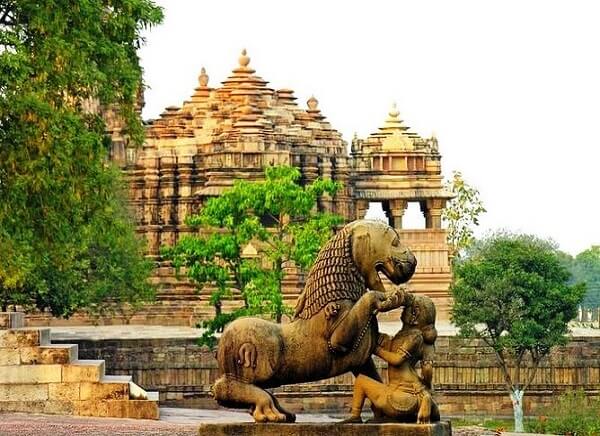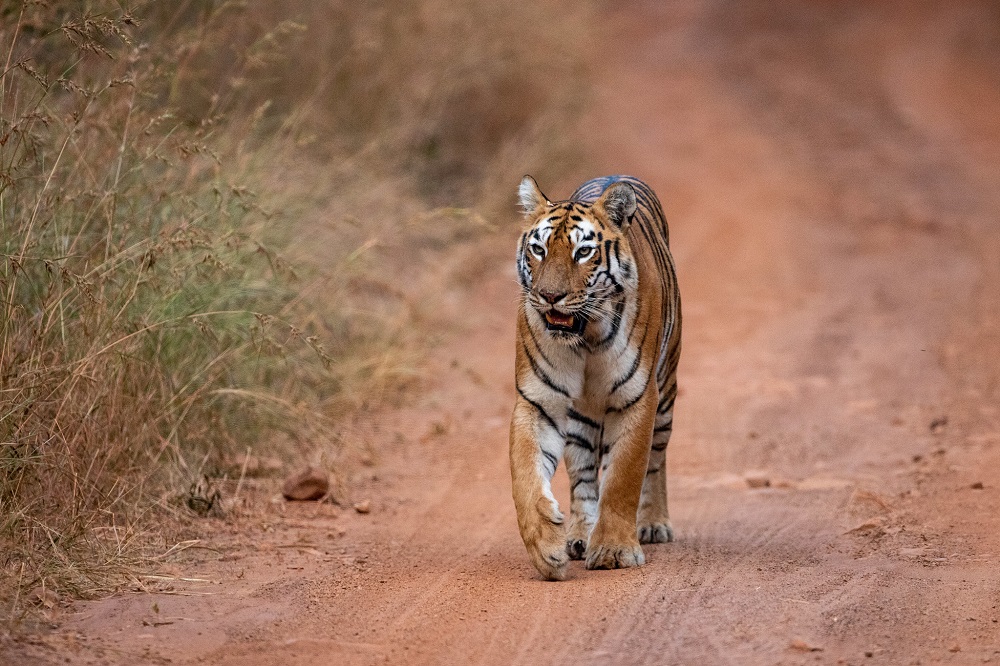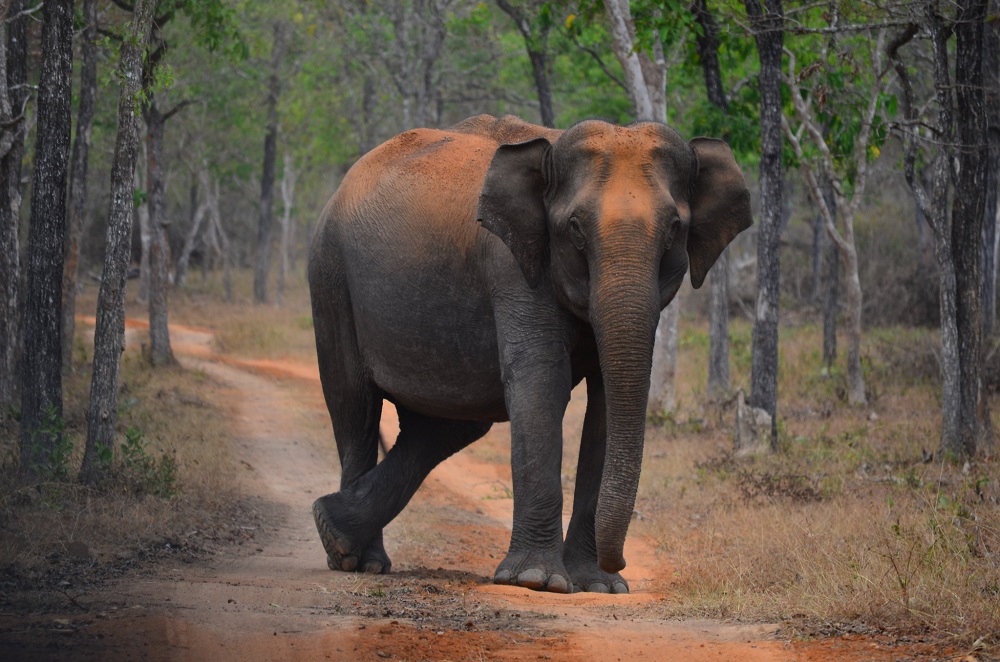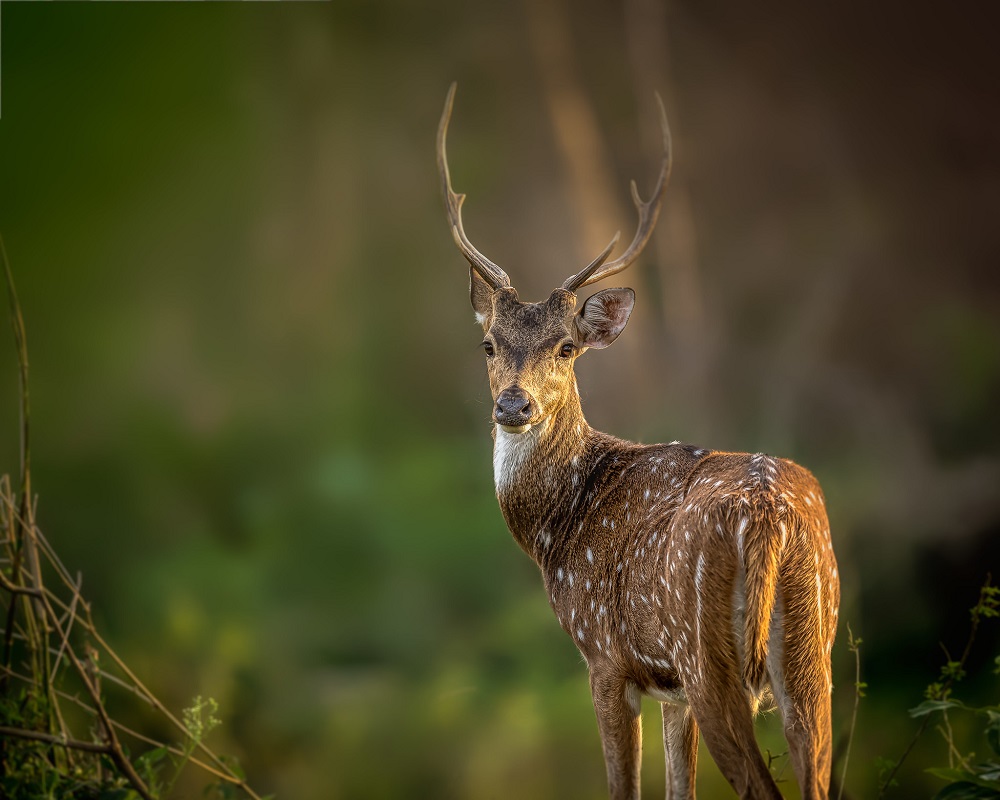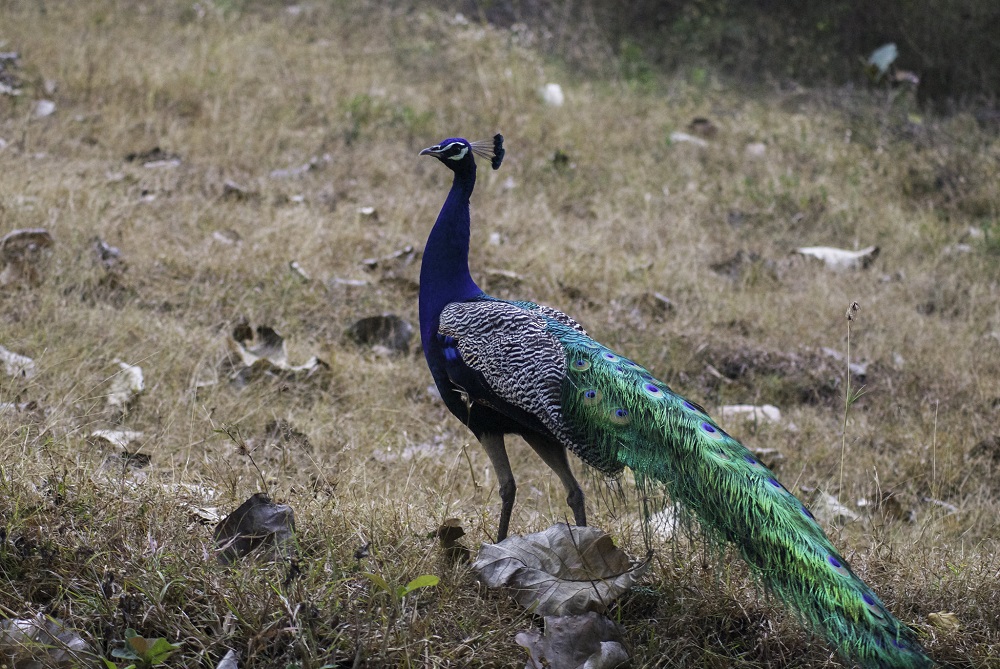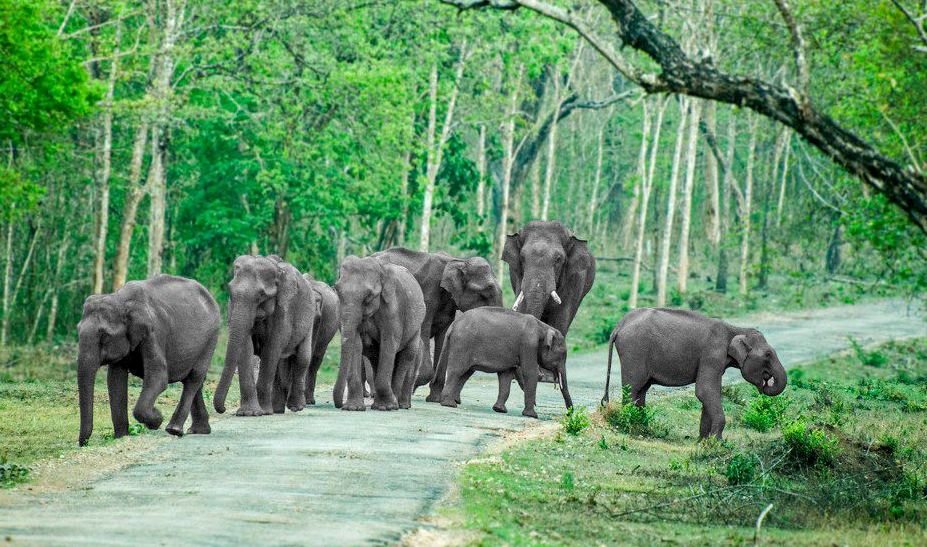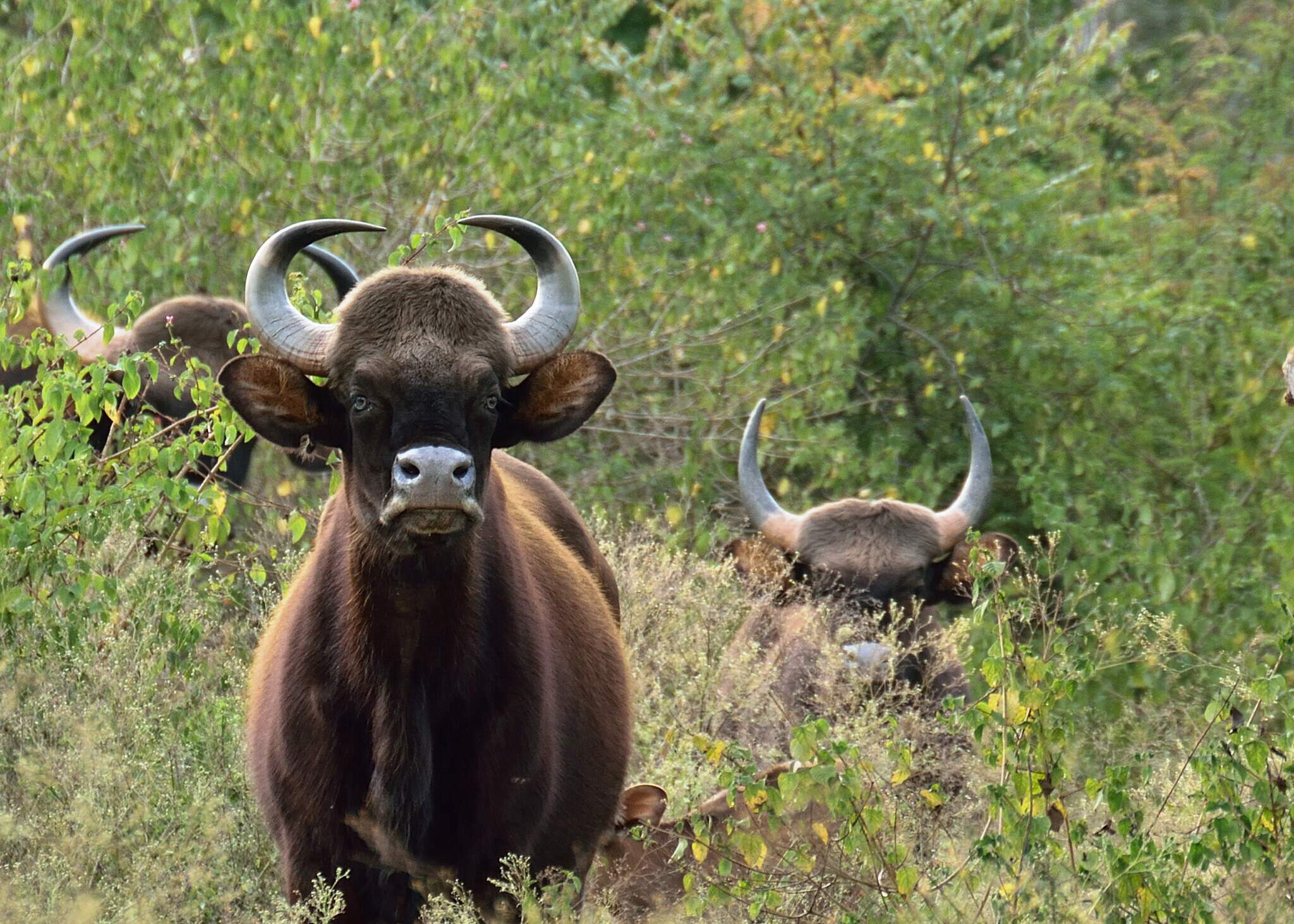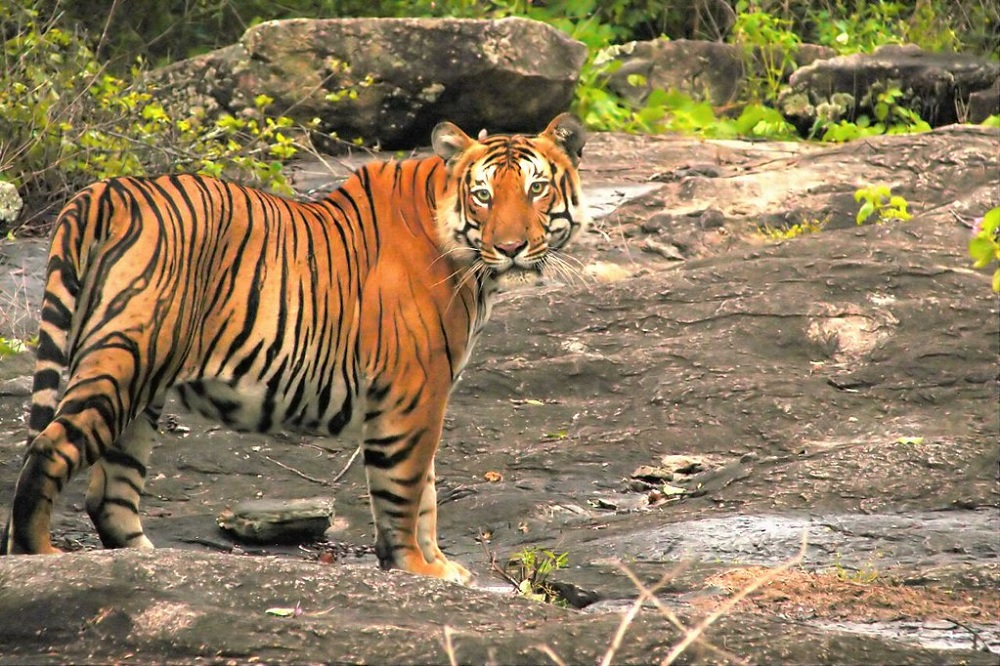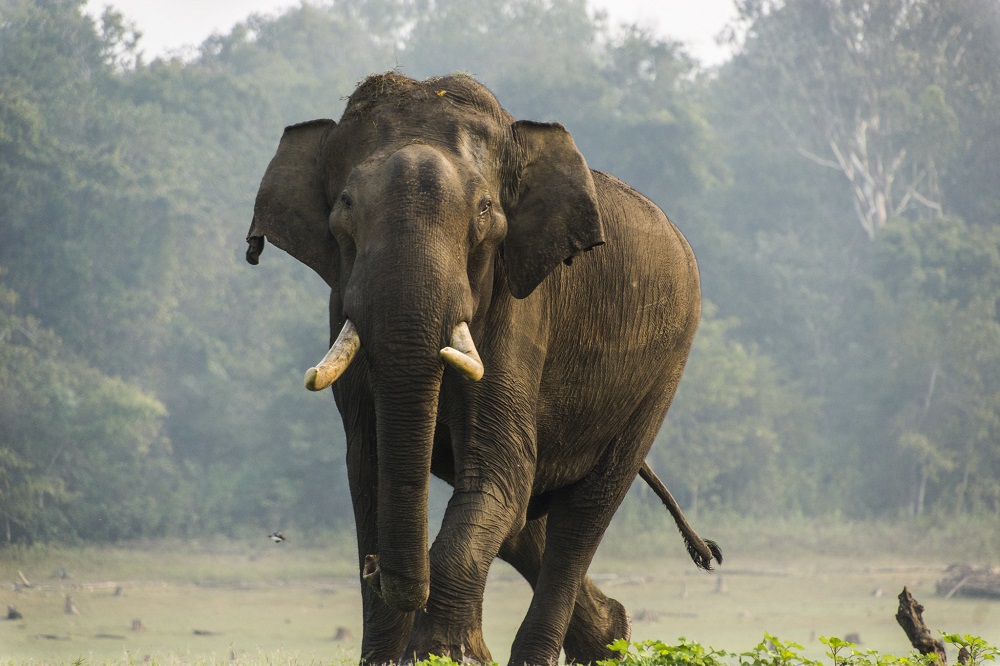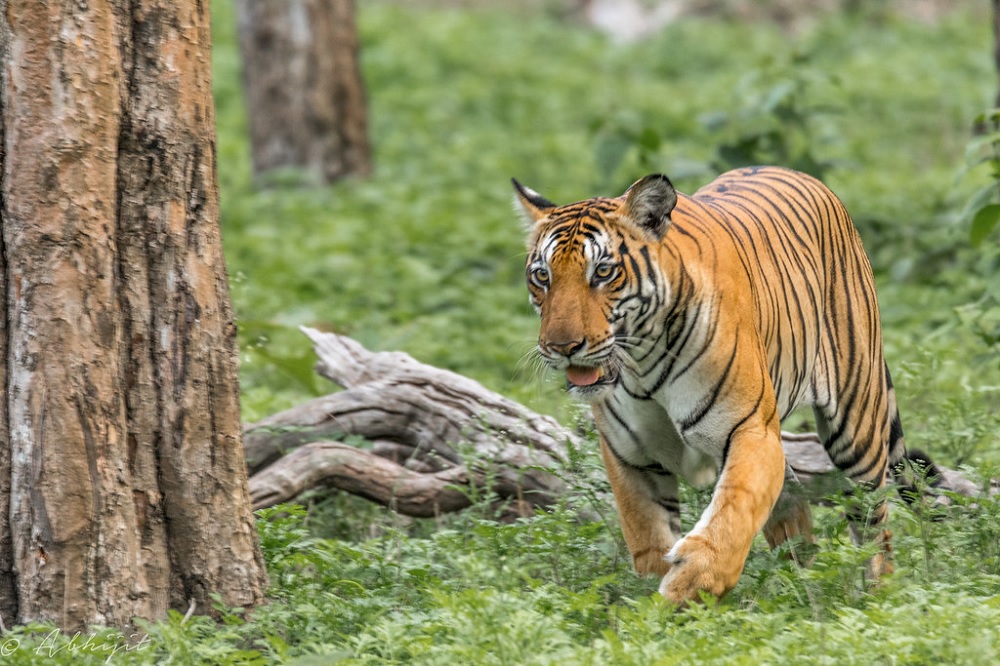Manas National Park
Manas National Park is a biosphere reserve and a heritage site. This is a tiger reserve and elephant reserve located in Assam. This national park is located in the foothills of Himalayas and it connects with the Royal Manas National Park of Bhutan. This national park is famous for being home to numerous endemic and rare species like golden langar, pygmy hog, hispid hare, and Assam roofed turtle. This park is also famous for wild water buffalo population.The park gets its name from the Manas River, which flows through the park. The name ‘Manas’ is derived from the name Manasa, the serpent goddess.
Geography of Manas National Park
The park is located in the eastern foothills of Himalayas. The River Manas flourishes this place. This river is one of the major tributary of the River Brahmaputra. This Manas River also forms the boundary between Bhutan and India.
The northern part of the park is savanna region and is covered with sandstone and limestone. The southern part of the park is covered with grassland formed by fine alluvium soil. This combination makes the region one of the richest biodiversity regions. The park stands at an altitude ranging between 61m and 110m. The park covers 950 square km in area.
Different Areas in Manas National Park
The park is located in 6 districts namely, Darrang, Bongaigaon, Chirang Udalguri, Kokrajhar, and Baksa. The western range of the park is located in Panbari. The central area of the park is located in Bansbari and eastern region of the park is found in Bhuiyapara. The regions are not connected with each other. The park is divided by rivers and thus, it is quite hard to travel from one section to another. There is a small trail that runs from the central part of the park to the eastern region. Usually travelers visit Bansbari and then visit Mathanguri region.
Fauna of Manas National Park
The grassland region is populated with pygmy hogs, Bengal florican, Indian rhinoceros, wild Asian buffalo, and others. The forest region is populated with Chinese pangolin, black giant squirrel, wild pig, slow loris, grand hornbill, slow loris, and others. The park has 55 mammal species, 380 bird species, 50 reptile species, and others. Out of these, 31 mammals are threatened species. Top animals to spot in this park are Indian rhino, Indian elephant, Indian tiger, black panther, barking deer, Assamese macaques, golden langur, Asian golden cat, clouded leopard, chital, smooth-coated otters, hog deer, and others.
The most common bird is the endangered species, Bengal florican. Apart from this, you can find osprey, harriers, pelicans, kalij pheasants, jungle fowl, great hornbills, crested serpent-eagles, bee-eaters, falcons, magpie robins, mergansers, herons, and others.
Flora of Manas National Park
The forest region has semi-evergreen forest ecosystem of Brahmaputra Valley. This ecosystem is a mixture of Terai formation and the Himalayan styled subtropical broadleaf forest. This makes this park, a rich biodiverse region.
The northern parts of this park are filled with sub-Himalayan styled light-alluvial semi evergreen forest ecosystem. Apart from this, the park has low alluvial savanna styled woodlands, semi-evergreen alluvial styled grasslands along the Assam valley, and dry deciduous forest. The park is mostly filled with grassland.
The park is home to 543 species of plants in the core park region. This includes 374 species of dicotyledons, 139 monocotyledons, and 30 species of gymnosperms and pteridophytes. The park holds 89 different tree species. Common trees spotted in this park are Pithraj tree, burflower tree, black plum tree, kumkum tree, bay leaf, cotton tree, Indian caper, and others. The grassland region is famous for flora like perennial cane, Indian gooseberry, bag flower tree, Grewia species, Leea species, and others.
Climate of Manas National Park
The temperature of the park ranges between 15 and 37 degrees C. May to September is the monsoon season. The park receives 333cm of rainfall per year.
Wildlife Safari in Manas National Park
Jeep Safari : Tourist should bring their vehicle into the park and only four-wheelers are allowed for jeep safari.
Elephant Safari : This style of safari is quite common among tourists. The elephant safari allows access to the park regions, where jeeps cannot venture. You can also get closer to the wild animals, when you are on an elephant.
River Rafting in Manas National Park
This is a 35 km boat ride, which is best for birdwatching. You can find numerous bird species along the river. The river rafting is offered by private service providers. Thus, the cost and the timing varies with each service provider.
Safari Timings in Manas National Park
- Jeep Safari Timing : 9 am to 12 pm, and from 2 pm to 5 pm
- Elephant Safari Timing : 6 am to 7 am
Entry Fee in Manas National Park
A permit from Director Office of the field is essential to enter the park. The office is located on Barpeta Road. Apart from this, entry fee has to be paid at the Range Office.
- Indians – INR 50 for half-day and INR 200 for full day
- Foreigners – INR 500 for half day and INR 2000 for full day
- For jeep – INR 3000 for Indians and INR 5000 for foreigners (only four people allowed per jeep)
- For elephant safari – INR 500 for Indians and INR 1,550 for foreigners
- For photography – INR 50 for Indians and INR 500 for foreigners
- For videography – INR 500 for Indians and INR 1000 for foreigners
Visiting Time of Manas National Park
Manas National Park remains open throughout the week during the peak months. Visiting Timing is 5:30 am to 6:30 pm.
Tourist Attractions near Manas National Park
Apart from the wildlife beauty, the park is also famous for attractions closer to it like:
- Bansbari tea plantation
- King of Bhutan palace
- Bornadi wildlife sanctuary
- Bogamati – picnic spot
Best Places to Stay in Manas National Park
There are no places to stay inside Manas National Park. However, there are national park lodges which are very closer to the core region, and offers numerous adventure activities. Top options are:
- Birina Tourist Lodge
- Musa Jungle Retreat
- Florican Cottages
- Sikhiri Cottages
- Smiling Tusker Elephant Camp
How to Reach Manas National Park
The nearest airport is located in Guwahati, which is 180 km away from the park. You can easily find flights from Bangalore, New Delhi, Jaipur, and Mumbai to Guwahati. From Guwahati, you can find cabs to reach the park.
The closest railway station is located in Guwahati. From the railway station, you can find cabs to reach the park. If you are choosing road transportation, you can find cabs from surrounding regions to the park, via NH 27.
Best Time to Visit Manas National Park
Best time to visit Manas National Park is between November and April. This is the time when the climate is pleasing and you can spot a lot of animals. The park is also opened during May and October, but the chances of park closing due to any safety reasons in these two months are higher. The park is closed between June and September. This is the monsoon period.
Conservation History of Manas National Park
When the park was created, it was named Manas and North Kamrup RF (reserved forest). This park was declared as sanctuary in 1928. At the time of inauguration, the park was just 360 square km. The king of Gauripur and the royal family of Cooch Behar used this park as their hunting reserve. By 1955, the park grew to 391 square km. The biosphere was created later in 1973.UNESCO declared it as a heritage site in 1985. Two more reserved forest areas namely Panbari and Kokilabari reserve forests were joined with the Manas and North Kamrup RF in 1990 and were named together as Manas National park. Two years later, the Manas National Park was tagged as heritage site in danger. This was due to increase in incidence of animal poaching. In 2008, the total park grew up to 950 square km. In 2011, the park was removed from the danger risk list.


